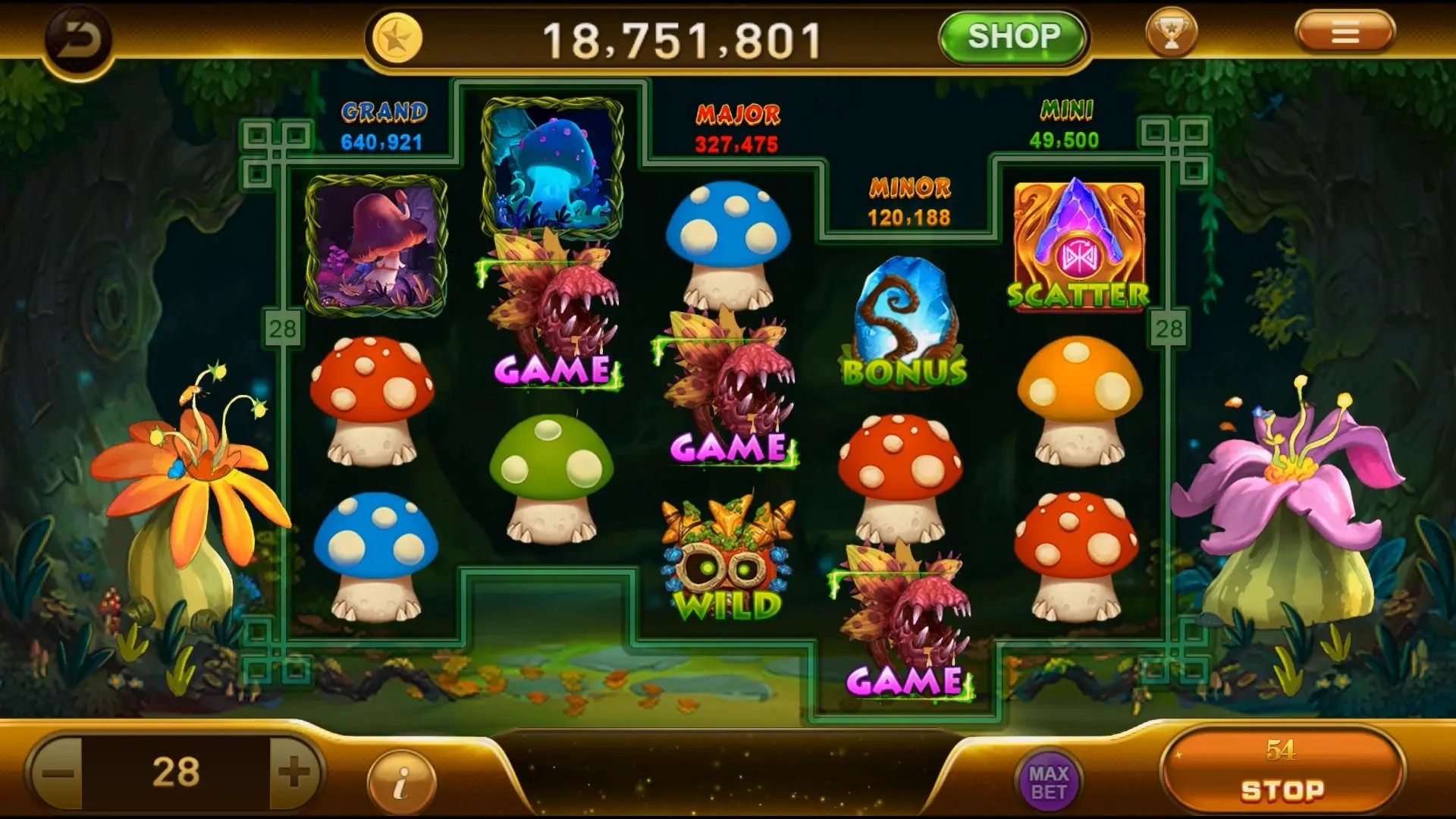From Strategy to Simplicity: How Hyper-Casual Games Are Changing the Gaming Landscape
In recent years, the gaming industry has experienced a seismic shift, with the rise of hyper-casual games encapsulating a new era of gaming simplicity. But what does this mean for the long-standing strategy games that once reigned supreme? This article dives deep into the transformation of gaming preferences, highlighting how lighthearted gameplay is reshaping our understanding of what it means to play games. Whether you’re a fan of free Steam story mode games or you're more into the nostalgia of RPG 3DS games, get ready to explore this captivating evolution.
The Rise of Hyper-Casual Games
Hyper-casual games are sweeping the industry off its feet with their ultra-simple design and engaging mechanics. Unlike the complex strategy games that require long-term planning, these quick-to-play titles fit seamlessly into the busy lives of modern players. Statistics show that hyper-casual games are downloaded billions of times, making them more popular than you might think.
Key Characteristics of Hyper-Casual Games
- Minimalistic design
- Quick gameplay sessions
- Free to play with optional ads
- Accessibility for gamers of all ages and skills
Traditional Strategy Games: A Brief Overview
Once upon a time, strategy games were the soldiers of the gaming world. Titles like Civilization and StarCraft required players to invest their time and skills into developing strategies for victories. These games provided a telling narrative and neatly crafted worlds that players could lose themselves in for hours. However, with the gaming community quickly evolving, the demand for shorter, more accessible games has changed the tide.
Table: Comparison of Hyper-Casual and Strategy Games
| Feature | Hyper-Casual Games | Strategy Games |
|---|---|---|
| Playtime | Less than 10 minutes | 1 hour or more |
| Learning Curve | Very Easy | Moderate to Hard |
| Monetization | Ad-based | Paid/downloadable content |
| Target Audience | Casual gamers | Hardcore gamers |
The Appeal of Simplicity
The dream of playing a game doesn’t always align with the reality of life’s responsibilities. With a plethora of distractions vying for attention, hyper-casual games emerge as quick escapes. They offer pure fun without the weight of strategy. This has led to a shift where even fans of free Steam story mode games are starting to explore these simpler alternatives.
How Hyper-Casual Games Are Changing the Landscape
As we navigate this new world, game developers are now rethinking their designs. Consider the following key changes in the gaming landscape due to hyper-casual influence:
- Increased focus on **microtransactions**: While hyper-casual games are generally free, they often integrate optional purchases that enhance gameplay without being mandatory.
- Agility in game development: Developers are prioritizing quick turnarounds for projects, allowing them to stay relevant in a fast-paced market.
- Cross-genre experimentation: Elements from hyper-casual games are being blended with traditional genres, creating unique hybrid experiences.
Emerging Trends in the Gaming Industry
As gamers become more inclined toward simple gameplay, here are some trends to watch out for:
- The rise of personalized gaming experiences.
- Integration of augmented reality (AR) into hyper-casual formats.
- Greater focus on social engagement in comical quick-play formats.
Conclusion
So, what does the future hold for strategy games as hyper-casual gaming continues to dominate? While long-term strategies will always find their audience, the emergence of hyper-casual games signifies a paradigm shift towards simplicity, accessibility, and instant gratification. As players evolve, so too must the gaming landscape adapt. With a clear understanding of both worlds, we can embrace the future of gaming - one that harmonizes the depth of strategy with the escapism of hyper-casual fun.



